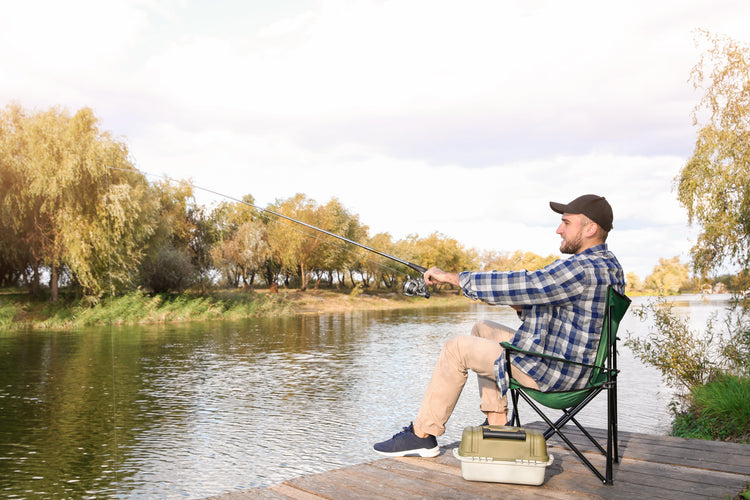Spring Fishing for Beginners

Spring is one of the best times for fishing, as warmer water temperatures and increased fish activity make it ideal for anglers. Here’s a professional, data-backed guide to help you start your spring fishing journey.
Why Spring is Ideal for Fishing
-
Perfect Conditions
Spring brings moderate temperatures with averages ranging from 50°F to 70°F (10°C - 21°C), which is ideal for both fish and anglers. Water temperatures rise from 40°F to 60°F (4°C - 16°C) in many regions, triggering fish to become more active and begin their feeding frenzy. -
Increased Fish Activity
Fish metabolic rates rise as water temperatures increase. Studies show that fish activity can increase by up to 50% when water temperatures rise from 40°F to 60°F (4°C - 16°C). Predatory species, like bass and pike, become more aggressive and easier to catch in the spring months.
Essential Fishing Gear
-
Rod and Line Selection
For spring fishing, use a lightweight rod (6-7 feet, medium-light action) for precision and sensitivity. The average catch size in spring is around 1-3 pounds for smaller species, so a 6-8 lb test line is perfect. For larger fish, use 10-12 lb test lines. For instance, when fishing for largemouth bass (Micropterus salmoides), which can grow to 10 pounds or more, a 10 lb test line is recommended. -
Appropriate Clothing
Temperatures can vary throughout the day, so layering is important. Choose moisture-wicking fabrics for your inner layer, an insulating middle layer, and a windproof/waterproof outer layer. Spring mornings can be as cold as 35°F (2°C), and with the added wind chill, wearing thermal gear, such as SaviorHeat heated gloves or jackets , can help keep you comfortable.
Choosing the Right Fishing Spots and Techniques
-
Location Tips
As water temperatures rise in spring, fish congregate in shallow, sunlit areas or slower-moving waters. For example, studies on largemouth bass show that they often move to shallower waters (3-6 feet deep) during the spring to spawn. Focus on fishing near submerged structures like rocks, fallen trees, or vegetation, where fish tend to gather.

-
Technique Adjustments
Spring is unpredictable, and fish respond differently depending on the weather. When water temperatures are above 50°F (10°C), fish like trout are often found in deeper, cooler waters, while bass move to warmer shallow areas. Adjust your fishing depth based on temperature changes. For instance, in shallow waters, a slow retrieval method with a worm or soft plastic bait is most effective.
Fishing Techniques

-
Casting and Retrieval
When casting, maintain a 45-degree angle to ensure your bait lands where fish are likely to be. During retrieval, keep a steady pace—around 2 to 3 seconds per reel turn. Studies suggest that varying the retrieval speed can improve bite rates by up to 30% when fishing for species like perch and bluegill. -
Changing Bait
Fish preferences change based on water temperature. For example, in early spring, fish may prefer slower-moving, natural baits like worms or minnows, while mid-to-late spring often sees fish shifting to faster-moving lures. If you’re targeting species like pike, switching to a brightly colored spinnerbait can increase success rates by over 20%.
Safety and Comfort
-
Protective Gear
Wear waterproof and windproof clothing to protect yourself from unpredictable weather. If temperatures drop below 40°F (4°C), wearing thermal layers, insulated boots, and heated gloves will prevent discomfort. Waterproof footwear is crucial, as spring fishing can involve wet conditions. -
Hydration and Nutrition
Fishing can be physically demanding, especially during long days on the water. Be sure to stay hydrated and bring snacks, such as energy bars, to maintain focus and energy levels. Studies indicate that maintaining proper hydration can improve your reaction times by 10-15%, which is crucial during fishing.
Conclusion
Spring fishing is an excellent opportunity to experience increased fish activity and favorable weather conditions. By selecting the right gear, adjusting your techniques, and understanding fish behavior, you can optimize your fishing experience. Get ready for an exciting and productive season!

